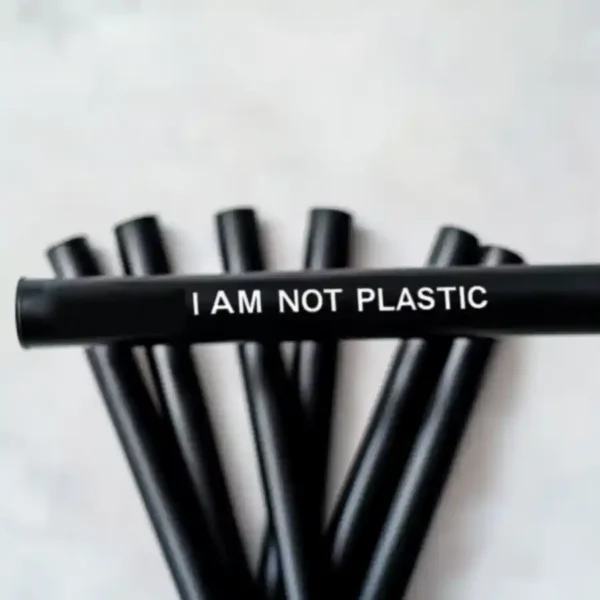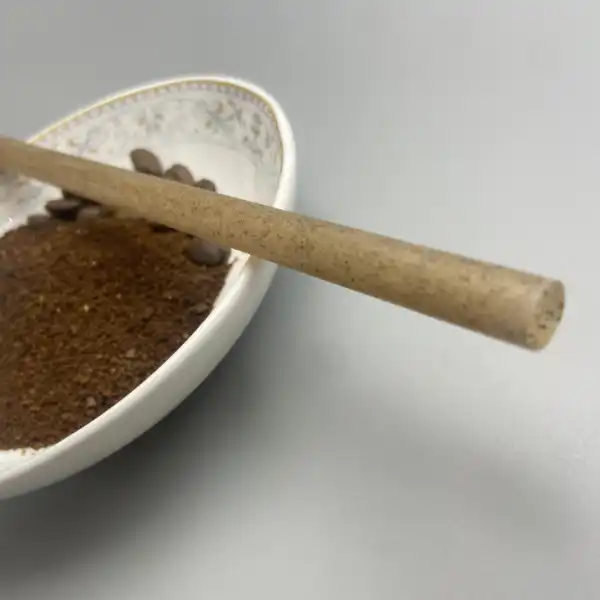A Comprehensive Guide to Handling Bulk Orders for Biodegradable Straws
Invoering
The food service industry stands at a critical inflection point in its sustainability journey. As plastic pollution reaches crisis levels, biodegradable straws have emerged as a cornerstone of environmental responsibility. The market’s explosive growth – projected to reach $924.1 million by 2025 with a 13.2% CAGR – signals a fundamental shift in consumer preferences and regulatory landscapes.
The Environmental Imperative
The True Cost of Plastic Straws
Every day, Americans discard enough plastic straws to circle the Earth’s equator 2.5 times. Beyond the staggering 500 million daily usage, each straw’s 200-year decomposition period creates a compounding environmental debt. Marine biologists report finding plastic straw fragments in 71% of seabirds and 30% of sea turtles examined in 2023.
The Biodegradable Revolution
Modern biodegradable alternatives offer transformative benefits:
- 180-day decomposition in commercial composting facilities
- 68% smaller carbon footprint
- Zero microplastic generation
- Enhanced soil quality through natural decomposition
Strategic Procurement Guide
Smart Demand Planning for Sustainable Business
In today’s eco-conscious market, smart demand planning is crucial for optimizing resource use and minimizing waste. Here’s how businesses are adapting:
Dynamic Usage Analysis
Understanding the fluctuating needs of your business can significantly enhance operational efficiency. Here’s a detailed look:
- Base calculation: Daily covers × straw usage rate (1.3 straws/customer)
- Seasonal adjustment matrix:
- Summer months: +40%
- Holiday seasons: +35%
- Off-peak: -25%
- Safety stock: 15% + lead time coverage
This strategic approach helps in maintaining balance between overstocking and understocking, crucial for maintaining cost-efficiency and environmental sustainability.
Material Selection Matrix
Selecting the right materials is pivotal for both product quality and environmental impact. Here’s how materials compare:
| Materiaal | Performance Characteristics | Best Use Case | Cost-Benefit Ratio |
|---|---|---|---|
| PLA | Excellent clarity, moderate heat resistance | Cold beverages, quick-service | Hoog |
| Sugarcane | Superior durability, high heat tolerance | Hot beverages, extended use | Medium |
| Bamboo | Premium feel, highest temperature resistance | Upscale dining, specialty drinks | Premium |
Ensuring Product Excellence Through Quality Assurance
To maintain high standards, a robust quality assurance framework is essential. Here’s what it includes:
Certification Requirements
Adhering to certifications ensures compliance with global standards, enhancing product trustworthiness:
- ASTM D6400/EN13432: Composting standards
- FDA food contact certification
- ISO 14851: Biodegradability verification
- New: 2024 EU Single-Use Plastics Directive compliance
This rigorous certification process supports environmental claims with verified compliance, crucial for market credibility.
Performance Benchmarks
Setting high performance benchmarks ensures that products meet the functional demands of consumers:
- Liquid integrity: 3-hour minimum at varying temperatures
- Temperature range: -20°C to +85°C
- Structural load: 2kg vertical pressure
- Bend resistance: 45° without cracking
Optimizing the Supply Chain for Greater Efficiency
Effective supply chain management is key to sustainability and cost reduction. Here’s how businesses streamline their operations for better outcomes:Advanced Inventory and Cost Management Strategies
Enhanced Inventory Management Techniques
Inventory Management 2.0
Exploring the future of inventory management, we delve into AI-enhanced processes:
– AI-powered demand forecasting
– Modified EOQ formula incorporating sustainability metrics:
EOQ = √((2AD × (OC + SC)) ÷ (HC × SF))
# Where:
# AD = Annual Demand
# OC = Ordering Cost
# SC = Sustainability Cost
# HC = Holding Cost
# SF = Sustainability Factor
– Regional buffer stock strategy based on lead time variability
This approach not only optimizes stock levels but also promotes environmental sustainability.
Strategic Cost Management for Competitive Advantage
Strategic Cost Management
Let’s explore cost management strategies that can significantly impact your bottom line:
1. Volume-Based Pricing
- Tier 1 (50,000+): 8% discount + carbon offset
- Tier 2 (100,000+): 12% discount + free composting consultation
- Tier 3 (250,000+): 18% discount + custom branding
2. Logistics Optimization
- FCL consolidation program
- Multi-node distribution network
- Carbon-neutral shipping options
These strategies are designed to enhance efficiency and sustainability in logistics and pricing.
Case Study: Urban Eats’ Sustainable Transformation
Real-World Success: Urban Eats Revolution
Urban Eats, a fast-casual chain with 50 locations, transformed their straw program in 2023:
Initial Challenges:
- Customer resistance to change
- Staff training hurdles
- Cost concerns
Solutions Implemented:
- Custom QR-code education program
- Gamified staff training app
- Bulk ordering optimization
Results (12 months):
- 2.5M plastic straws eliminated
- 22% customer satisfaction increase
- 14-month ROI achievement
- $67,000 annual cost savings
- 15% increase in eco-conscious customer segment
This case study demonstrates the tangible benefits of sustainable practices in the food service industry.
Conclusie
The transition to biodegradable straws represents more than an environmental choice – it’s a strategic business imperative. Success requires a holistic approach combining precise demand planning, quality control, and supply chain optimization. Organizations that master this transition gain competitive advantages in sustainability leadership and operational efficiency.
individually wrapped boba coffee grounds straw 12mm 210mm
For implementation support:
- NatureBioEco: max@naturebioeco.com (Certified B-Corp)
- Pura Vida Bioplastics: sales@puravidabio.com (ISO 14001 Certified)
Frequently Asked Questions about Biodegradable Straws
What are biodegradable straws made of?
Biodegradable straws are typically made from plant-based materials like PLA (polylactic acid), which is derived from renewable resources such as corn starch or sugarcane.
How long do biodegradable straws take to decompose?
Biodegradable straws can decompose within 180 days in commercial composting conditions, significantly faster than plastic straws which can take up to 200 years.
Are biodegradable straws as durable as plastic straws?
Yes, modern biodegradable straws are designed to be just as durable as their plastic counterparts, suitable for both hot and cold beverages.
Can biodegradable straws be recycled?
Biodegradable straws generally cannot be recycled but should be composted to break down properly.
What is the impact of biodegradable straws on wildlife?
Unlike plastic straws, biodegradable straws do not pose a threat to wildlife as they break down into natural elements if disposed of correctly.
How do consumers identify high-quality biodegradable straws?
High-quality biodegradable straws are usually certified by recognized standards such as BPI (Biodegradable Products Institute) or similar certifications indicating compliance with compostability standards.
Are there any financial benefits to switching to biodegradable straws?
Yes, businesses can benefit financially by appealing to eco-conscious consumers and potentially reducing waste management costs associated with plastic disposal.
What should businesses consider when transitioning to biodegradable straws?
Businesses should consider the cost implications, supplier reliability, and customer acceptance when transitioning to biodegradable straws.
Conclusie
Embracing biodegradable straws is not just an environmental act; it’s a forward-thinking move for any business. By adopting sustainable practices, companies not only contribute to environmental conservation but also enhance their market position and consumer appeal.
Actie ondernemen
Ready to make a change? Contact our trusted suppliers and take a step towards sustainability today!







